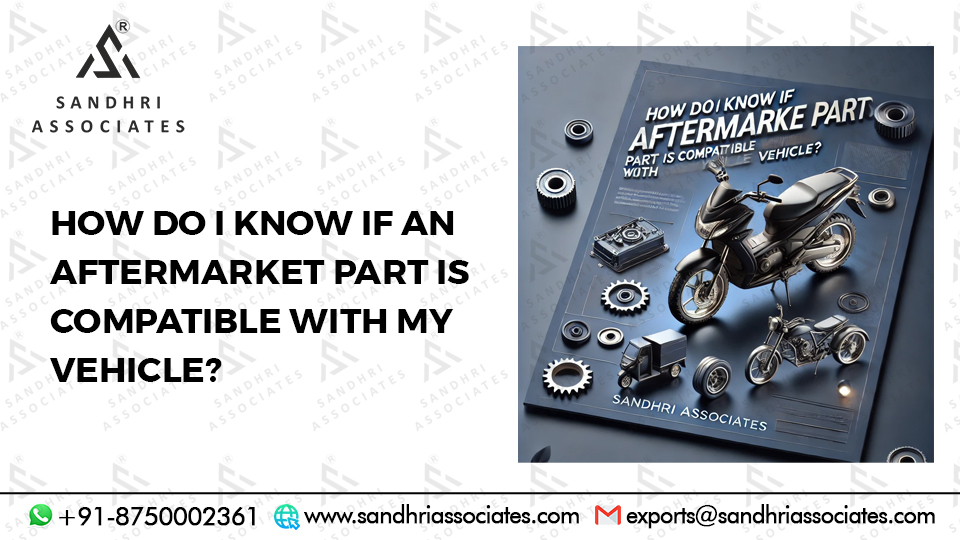How Do I Know If an Aftermarket Part Is Compatible with My Vehicle?
Your ultimate guide to ensuring seamless compatibility and performance with aftermarket parts.
Understanding Aftermarket Parts
What Are Aftermarket Parts?
Aftermarket parts are components made by companies other than the original manufacturer.
While they often offer cost savings, their quality and compatibility can vary.
Common Reasons for Choosing Aftermarket Parts
Drivers often choose aftermarket parts for their affordability, availability, and performance upgrades.
However, careful consideration is needed to ensure compatibility and safety.
Key Factors in Determining Compatibility
Vehicle Make, Model, and Year
Knowing your vehicle’s make, model, and year is critical. This information can usually be found in the owner’s manual or on the vehicle itself.
Understanding Vehicle Specifications
Compatibility often depends on details like engine size and drivetrain.
Mismatched parts can lead to performance issues or even safety hazards.
Quality and Certification Standards
Look for certifications such as ISO or SAE to ensure the part meets industry standards and offers reliable performance.
Researching the Right Part
Using Manufacturer Databases
Many manufacturers offer databases to verify part compatibility. These tools are invaluable for ensuring accuracy.
Reading Product Descriptions and Reviews
Examine product descriptions carefully and read customer reviews to spot potential compatibility issues.
Consulting Professional Mechanics
When in doubt, seek advice from a professional mechanic. Their expertise can prevent costly mistakes.
Challenges in Aftermarket Compatibility
Counterfeit and Low-Quality Parts
Counterfeit parts are a growing concern. Always purchase from reputable suppliers to avoid these risks.
Misleading Marketing Claims
Beware of exaggerated claims about compatibility. Use independent resources to verify information.
Compatibility with Advanced Vehicle Systems
Modern vehicles with advanced systems like ADAS require specialized parts.
Ensure the aftermarket part integrates seamlessly with these technologies.
Actionable Tips for Buyers
Checklist for Compatibility
Before purchasing, verify details like make, model, specifications, and certifications.
Double-check with reliable resources.
Leveraging Online Tools
Explore apps and platforms designed to match parts with specific vehicles.
Examples include manufacturer apps and auto parts databases.
Importance of Return Policies
Always review return policies and warranty terms. These can save you money if the part doesn’t fit as expected.
How Sandhri Associates Helps
Expertise in Aftermarket Solutions
Sandhri Associates specializes in providing quality aftermarket parts with guaranteed compatibility and customer satisfaction.
Commitment to Quality
The company’s dedication to industry standards ensures customers receive reliable, high-performing products.
Customer Support and Guidance
With personalized assistance, Sandhri Associates helps customers navigate compatibility challenges and make informed decisions.

